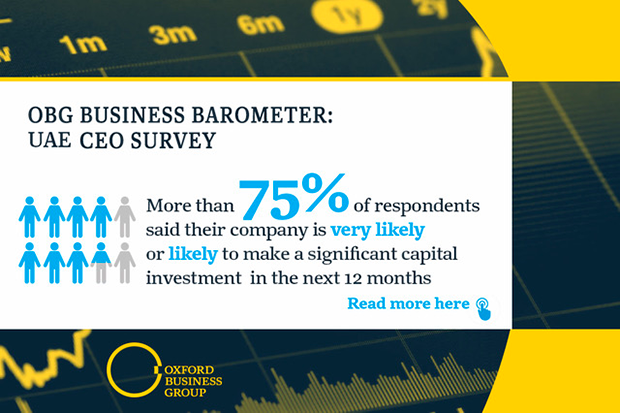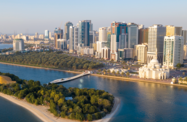New property developments and large government outlays on infrastructure look set to boost Sharjah’s residential appeal, expanding housing stocks and helping the emirate maintain a pricing edge over some of its neighbours.

In late March local developer Omran Properties unveiled three new projects with a combined budget of $672m: a standalone island with residential, commercial and office components; a dedicated hospitality development; and a shopping mall.
The largest of these, the Dh2.26bn ($615.3m) mixed-use Maryam Island, will be built on a 364-sq-metre plot between the Al Kkan Lagoon and Al Mamzar peninsula. Though a timetable for the project has yet to be announced, the Al Khan Village Resort and Kaliba Waterfroont Mall are both slated to open in the third quarter of 2019.
Diversity of activity
The range of projects being built reflects rising demand in Sharjah’s property market, according to Sheikha Bodour bint Sultan Al Qasimi, chairperson of Sharjah Investment and Development Authority (Shurooq).
“Sharjah is increasingly becoming an international focal point for business, hospitality, tourism and trade, and with the vital collaboration between government and the private sector, the emirate becomes an even more attractive proposition for domestic and foreign investors,” she said at the launch of the Omran projects.
A fourth project under way – a mixed-use development called Tilal City, on Emirates Road, 10 km from Sharjah International Airport – has entered its second phase and will turn over keys to buyers this December, Khalifa Al Shaibani, the project’s director-general, told local media last month.
Developed by Tilal Properties as a joint venture between Sharjah Asset Management and Eskan Real Estate Development, the Dh2.4bn ($653.3m) satellite community will offer 65,000 units in a mix of free-standing villas and low-rise housing blocks, with accompanying service, retail and entertainment facilities.
Rental price movements
Although the development pipeline remains robust, Sharjah’s real estate market has come under some pressure over the past year, as rents in some other emirates fell due to cooling demand and oversupply in some segments.
A decline in rental prices in Dubai and Abu Dhabi last year prompted many landlords in Sharjah to reduce their own rates or offer rent-free periods in a bid to attract and retain tenants.
As of the end of 2016 rents in Sharjah remained at around half the level found in Dubai and Abu Dhabi, according to property consultancy Cluttons. Rents in some segments are projected to fall further this year, especially for older properties as renters upgrade to newly released residential units.
In the short term, the drop in rental returns – which were down 3% last year, according to real estate consultancy Asteco – may cool supply-side growth, though investor and developer appetite may be whetted anew if the pool of new, mid-market residential accommodation in Dubai is snapped up in the run-up to Expo 2020.
Demand for new properties in Sharjah could also benefit from buyers looking to live in their units, rather than rent them out or flip them – options that have become less attractive as the market has cooled over the past decade.
Infrastructure investment
The coming increase in residential capacity mirrors higher levels of investment in hard infrastructure, seen as necessary to support the emirate’s large expatriate population – who made up about 86% of its 1.4m residents as of the latest census, in 2015.
In late March management contracts were awarded for a $408m expansion of Sharjah International Airport that will more than double its passenger capacity from 11m to 25m by 2027.
Infrastructure was a key focus in Sharjah’s 2017 budget, released in January: it allocated 30% of government spending to development projects, up 7% on last year – an increase officials said reflects its importance to economic development and boosting competitiveness.
The acceleration in infrastructure development is likely to drive sustained activity in the construction industry, though it may also push up project costs given higher demand for skilled workers and materials – something seen region-wide as building related to events like Expo 2020 in Dubai and the FIFA 2022 World Cup in Qatar has gathered pace.




